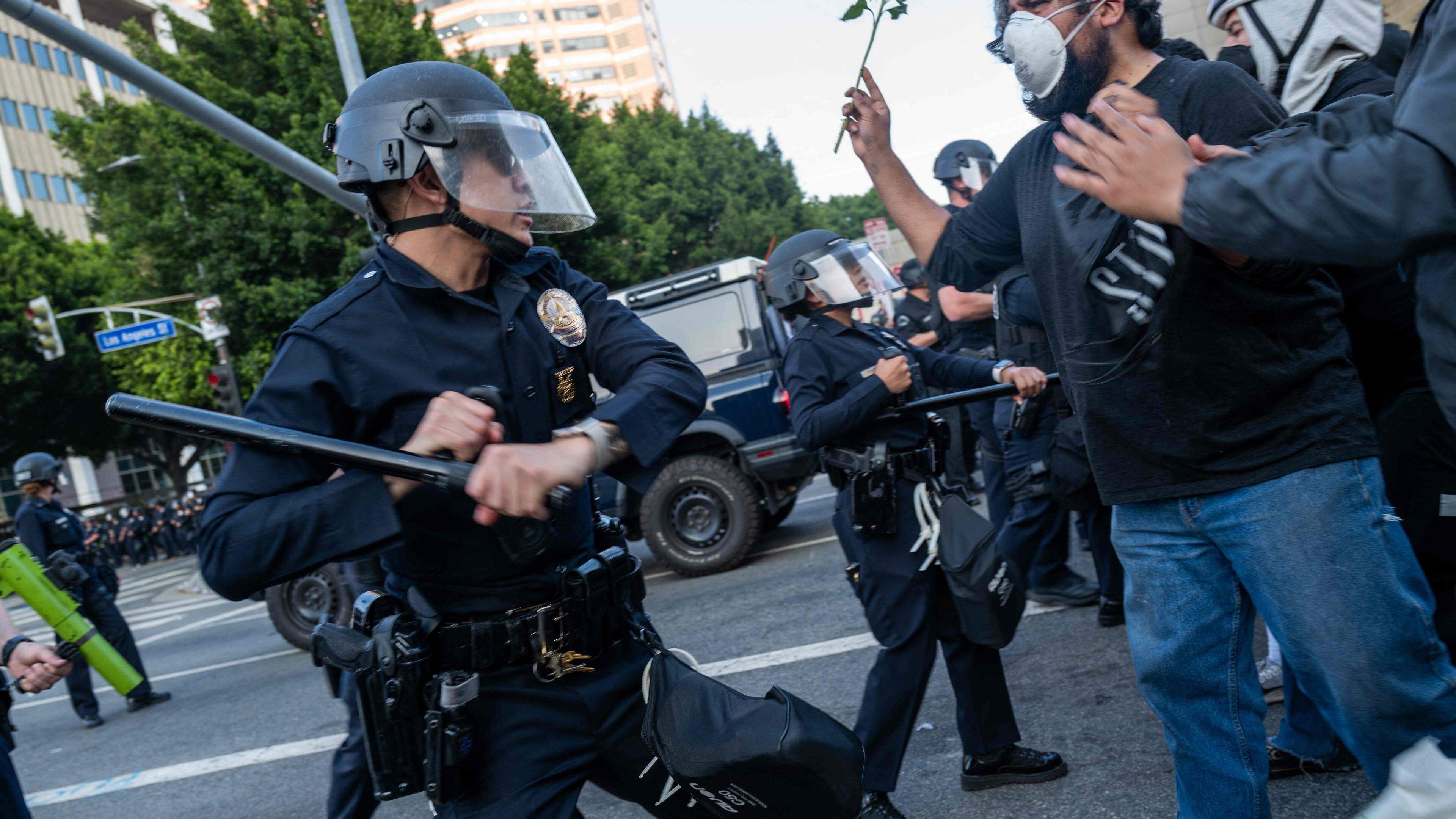Drones should make working on Mount Everest safer

Whether for film recordings, the glacier observation or measurements – drones, as in other high mountains, are also indispensable in the Himalayas. On the 8,849 meter high Mount Everest, unmanned aircraft are now also used for waste disposal and load carriers. They should help to make the highest mountain on earth cleaner again, the work of the mountain guides from the people of the Sherpa and the carrier more easily and generally climbing into thin air, ice and snow safer.
« Our drones are used to carry ladder, tents, ropes, ropes and oxygen bottles, » says Raj Bikram Maharjan, head of the Airlift Technology company, in the Nepalese capital Kathmandu. « Working for which Sherpas otherwise needed seven hours now last seven minutes. It is much easier. »
At 8,849 meters, Mount Everest is the highest mountain on earth. Photo: Zhang calling/Xinhua/dpa
The two freight drones of the Flycart 30 freight drone developed in China fly between the base camp and the Camp 1, which is over 6,000 meters, they support the Sherpa teams, which every year in the high season in spring or autumn hundreds of mountaineers from all over the world help to achieve the Everest summit.
Safe transportation
The advantage: Due to the drone insert, the number of trips required is reduced by the infamous Khumbu ice break. This zone with its ice towers and glacier columns above the base camp is considered one of the most dangerous passages on the Nepalese side and must be overcome by mountaineers when they climb. Most of them only make it because native specialists have previously found the most secure route as possible and made it passable with ladders and ropes.
The drones were introduced thanks to a partnership between the municipality of Khumbu Pasang Lhamu and the Chinese manufacturer DJI. Originally, they were only intended for waste disposal. After a successful test phase in spring 2024, they were taken over by Airlift.
Support of the drone operation
The municipality still supports the drone operation together with the Sagarmatha environmental protection committee. It ensures that the route can be accessed by the Khumbu glacier and the garbage is eliminated at Everest. « Since the pilot project, we have brought hundreds of kilograms of garbage from Everest and Ama Dablam, » says the mayor of the community, Mingma Chhiri Sherpa. The 6,812 meter high AMA DABLAM is located near Everest.
Mass tourism is creating the natural miracle and ensures new dangers. Photo: Narendra Shahi Thakuri/dpa
According to DJI, a drone can transport up to 40 kilograms of loads through the air for nine minutes if the energy supply is secured by a battery – and 30 kilograms in 18 minutes with two batteries. The performance falls significantly in higher altitudes, but the number of drone operations increases.
In the high season a year ago, the drones already brought oxygen bottles to Camp 1 and returned with garbage. This year they were also used to capture the Khumbu ice break and find new routes. « We can now make 3D mapping to find out where there are columns and how deep they are, » says Maharjan.
Dangerous climb
The establishment of fixed ropes and wearing heavy loads can also prove to be dangerous for experienced Sherpas. According to the Himalayan Database organization, 227 people on the south side of the highest mountain in Nepal lost their lives between the Everest first ascent in 1953 and 2024. A third of them died in and around the Khumbu ice break. Most dead were Sherpas.
There is concern that the use of drones could have a negative impact on the employment of the Sherpas. The operators also thought about it, says Maharjan. « But the Sherpas are very happy with it. Because of the natural dangers, many do not want to work in the Khumbu ice break. They are glad that the work of drones can be done. »
Quieter than helicopter
The German climber Jost Kobusch disturb drones significantly less than helicopters, from which it is also filmed. « The question is, you absolutely have to fly? I personally would say that in this special field of application it is probably better to use drones. » The Everest region in particular is intensively stressed with the noise of helicopters. « It’s like a highway when the helicopters fly up and down in two rails. » If a drone fly high enough, you can no longer hear it. Nevertheless, he would not use such funds as a professional, emphasizes Kobusch, who was last on a risky solo tour at Everest in winter.
The Mount Everest Base Camp is the starting point of most Everest expeditions. Photo: Shutterstock
Donkey and Yaks
For decades, mountaineers in the march deployed by the difficult Himalayan site of traditional forms of transport. Below the loads were worn by human wearers or donkeys. In higher altitudes to the base camp, it was mainly Yaks – a beef type living in Hoch Asia – that took over the work. Despite the increasing use of helicopters, this older transport system has survived to this day. This is also due to the fact that air transport is subject to some restrictions. There is also resistance in some communities.
« Bright future for drones »
However, expedition organizers also welcome the development. The drones are meaningful because they could help save lives, says the organizer Lukas Furtenbach. « Due to any load that you can carry up, this reduces the back and forth for workers through the dangerous Khumbu ice break. » Sherpas would also receive the same remuneration from them, even if drones were used regularly.
« Because he’s there »: The 100 -year -old puzzle about Everest
Nevertheless, the high costs have so far limited access to this technology. With the acquisition costs of around $ 50,000 per drone, smaller suppliers could shy away, says Maharjan. The entrepreneur still expects a drone boom. « Drones have a bright future on Everest and for the rest of the Himalaya. »








